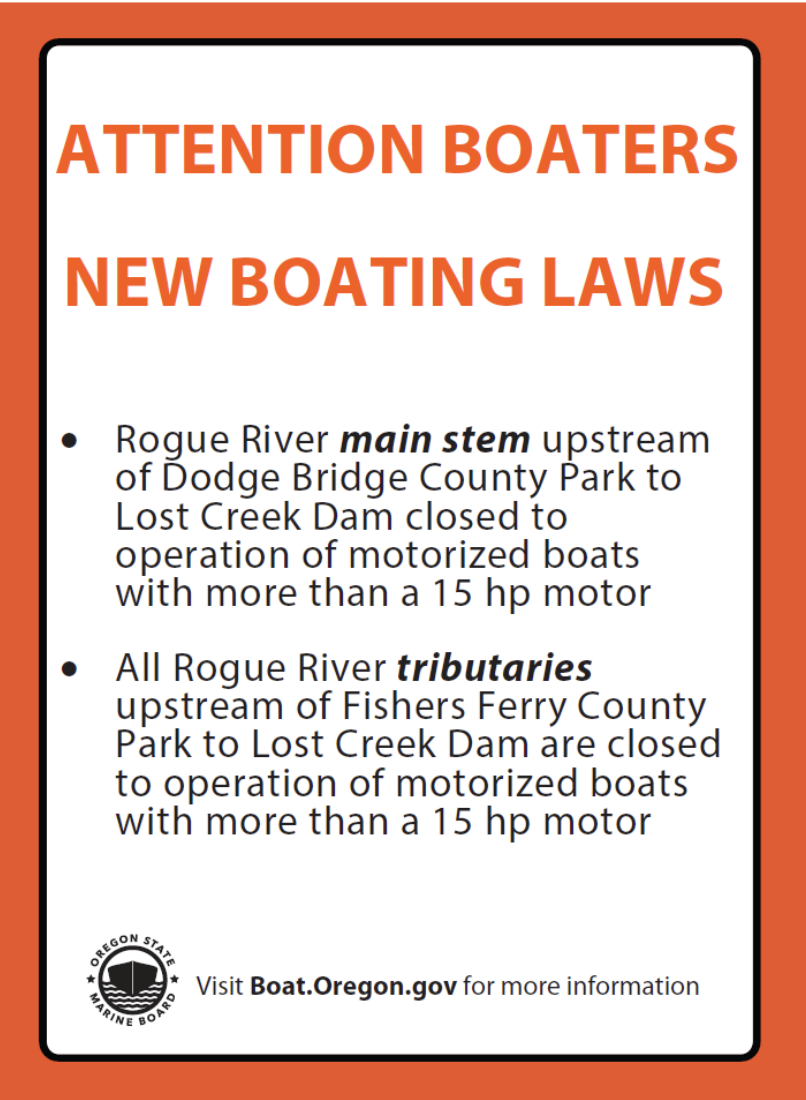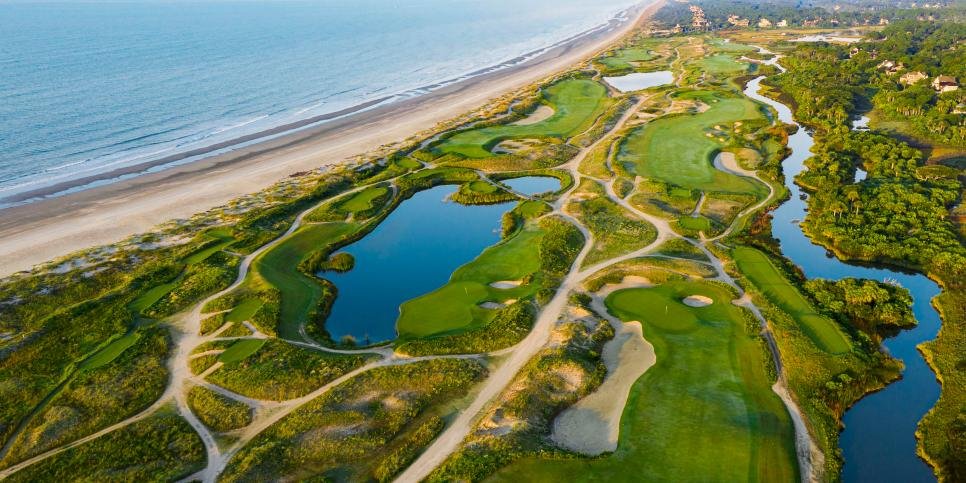A dock on a lake is far more than a simple wooden platform extending over the water; it is the heart of the lakeside experience, a launchpad for adventure, and a tranquil spot for reflection. For anyone who owns or dreams of owning lakefront property, understanding the nuances of creating the perfect dock is essential. This involves more than just nailing a few boards together; it requires careful consideration of dock design, a commitment to routine maintenance, a smart selection of building materials, and an unwavering focus on safety. Whether your goal is to create the ultimate hub for watersports or a peaceful retreat for morning coffee, this guide will walk you through everything you need to know. For those exploring specific regional examples, the approach to dock building can vary significantly, which is a key consideration for anyone looking at a project like a dock georgia.

What Should I Consider Before Building a Dock on a Lake?
Before the first post is driven into the lakebed, a significant amount of planning is required. The initial excitement of envisioning your new dock must be tempered with practical considerations that will dictate its success and longevity. First and foremost, you must understand the specific characteristics of your lake. Consider the fluctuation of water levels throughout the seasons. A lake with a stable water level might be suitable for a permanent standing dock, whereas one with dramatic seasonal changes will almost certainly require a floating or adjustable design.
The lakebed composition is another critical factor. Is it soft and muddy, or is it rocky and solid? A soft bottom may require specialized footings or piles driven deep for stability, while a rocky bottom presents its own challenges for anchoring. You should also evaluate the local climate. Areas with heavy ice in the winter necessitate designs that can either withstand the pressure or be easily removed. Ignoring these environmental factors is a recipe for a damaged or destroyed dock in just a few seasons.
Your intended use for the dock on a lake will heavily influence its design and size. Are you a solo kayaker, or do you plan to host large family gatherings and moor a pontoon boat? The weight capacity, surface area, and layout must all align with your lifestyle. It’s a classic case of form following function; a dock designed for fishing will look very different from one built to accommodate water skiers and multiple jet skis.
Expert Quote: David Miller, a lakeside living consultant, advises, “People often get caught up in the aesthetics first. I always tell my clients: ‘Let the lake and your lifestyle tell you what kind of dock you need.’ A beautiful dock that doesn’t work for your environment or your family is just an expensive mistake.”

Choosing the Right Dock Design for Your Lakefront Property
Once you have a clear understanding of your environment and needs, you can explore the various dock designs. The two primary categories are fixed docks and floating docks, each with its own set of advantages. Fixed docks, also known as standing or pile docks, are built on posts that are permanently secured to the lakebed. They offer exceptional stability, making them feel like a true extension of your land. This sturdiness is ideal for lakes with minimal water level fluctuation and for homeowners who prefer a solid, unmoving surface.
In contrast, floating docks are built on buoyant sections that rise and fall with the water level. This makes them the perfect solution for lakes with significant tidal shifts or seasonal water changes. Anchored to the shore and often held in place by cables or chains connected to the lakebed, they maintain a consistent height relative to the water surface, which simplifies boat mooring and swimming access. While they can feel less stable in choppy water, modern floating dock systems are incredibly robust and can be configured in almost any shape or size.
Beyond these basic types, you can find hybrid systems and specialized designs like suspension docks or crib docks. Your choice will ultimately be a compromise between your budget, your lake’s characteristics, and your personal preferences. Thinking about how these structures integrate into a larger system can be useful. While a private pier is one thing, understanding the broader context of ports and docks can provide insight into large-scale engineering and material durability, even for a personal project.

What Materials Are Best for a Lake Dock?
The materials you choose for your dock will determine its appearance, durability, and maintenance requirements. Traditional wood, particularly pressure-treated pine or cedar, remains a popular choice for its classic aesthetic and relatively low upfront cost. Wood offers a natural look that blends beautifully with the lakeside environment. However, it requires regular maintenance, including staining, sealing, or painting, to protect it from rot, insects, and water damage.
For those seeking a lower-maintenance alternative, composite decking is an excellent option. Made from a blend of wood fibers and recycled plastics, composite materials are resistant to rot, pests, and fading. They don’t require staining or sealing and can be easily cleaned with soap and water. While the initial investment is higher than wood, the long-term savings on maintenance can make it a cost-effective choice.
Aluminum is another premium material, often used for both the frame and the decking panels. It is lightweight, incredibly strong, and completely resistant to rust and corrosion. An aluminum dock on a lake is a lifetime investment that requires minimal upkeep. Its modern appearance may not appeal to everyone, but its performance and longevity are unmatched. The choice of material impacts not just the main structure but also the accessories, from cleats to ladders.
The Essentials of Lake Dock Maintenance and Safety
A dock is an investment that needs protection. Proper maintenance not only extends its life but also ensures it remains a safe place for family and friends. A seasonal checklist is the best way to stay on top of this. In the spring, a thorough inspection is crucial. Check for loose boards, protruding nails or screws, and any signs of rot or damage to the structure. For floating docks, inspect the floats for cracks or leaks and check the integrity of all connectors and anchoring cables.
Summer maintenance is typically about cleanliness and minor repairs. Regularly sweep the surface to prevent the buildup of debris, which can become slippery and promote mildew growth. Wash the dock periodically to remove pollen, bird droppings, and algae. This is also a good time to enhance the user experience by adding features. For those looking to add comfortable seating, a well-placed dock bench can transform a simple platform into a social gathering spot.
For those in colder climates, winterization is the most critical maintenance task. Depending on the severity of the ice, this may involve removing the dock from the water entirely. If that isn’t feasible, using a de-icer or bubbler can prevent ice from forming around the posts and exerting crushing pressure. A specialized tool for this environment, a lake auger, is often used to manage ice, demonstrating the importance of having the right equipment for seasonal challenges. Safety features like non-slip surfaces, proper lighting for evening use, and accessible life-saving equipment should be considered non-negotiable parts of your dock plan.
Expert Quote: David Miller emphasizes, “Don’t think of maintenance as a chore. Think of it as protecting your investment and your family. A five-minute walk-around to check for a wobbly board can prevent a five-thousand-dollar repair or, more importantly, a serious injury.”
How Can You Maximize Your Dock for Watersports and Recreation?
Your dock is the gateway to all the fun the lake has to offer. With a little planning, you can transform it into a highly functional and enjoyable recreational hub. The layout should be designed to accommodate your favorite activities. If you’re an avid kayaker or paddleboarder, consider installing a launch system that makes it easier and safer to get in and out of the water.
For boat owners, the right accessories are key. Install cleats that are appropriately sized and spaced for your vessel. High-quality dock bumpers or fenders will protect both your boat and the dock from damage during mooring, especially on windy days. A swim platform attached to the end or side of the dock can create a dedicated, safe area for swimming, away from boat traffic.
Don’t forget the amenities that elevate the experience from functional to luxurious. A built-in ladder with deep, comfortable steps is a must for swimmers. Adding a small table for drinks, waterproof speakers for music, or even comfortable seating can make your dock the most popular spot on the lake. The experience at well-developed lakeside spots, such as the vibrant community around dock 44 platte south dakota, often showcases how integrated amenities can create a true destination.
Understanding the Legal Side: Permits and Regulations
Building a dock is rarely as simple as just starting construction. Most regions have specific regulations and require permits for any structure built on or over a body of water. These rules are in place to protect the environment, ensure public safety, and manage waterway navigation. Before you begin, you must contact your local authorities, which could include your municipality, a regional conservation authority, or even national agencies depending on the lake’s jurisdiction.
The permitting process will likely require you to submit detailed plans of your proposed dock, including its dimensions, materials, and exact location. There may be restrictions on how far your dock can extend into the lake, its overall size, and the types of materials you can use. Some areas have environmental regulations that prohibit the use of certain types of treated wood to protect aquatic life.
Failing to secure the proper permits can result in hefty fines and an order to remove your newly built dock. While navigating the bureaucracy can be frustrating, it is an essential step. Working with a reputable and experienced local dock builder can be invaluable, as they will be familiar with the local regulations and can often manage the permitting process on your behalf.
Ultimately, a well-planned, properly constructed, and diligently maintained dock on a lake is one of the greatest assets of a lakefront property. It serves as the stage for countless memories, from a child’s first fish to a teenager’s first waterskiing run, and quiet moments watching the sunset. By investing the time to do it right, you create a safe, functional, and beautiful structure that will be the centerpiece of your family’s lakeside life for generations to come.
Reviews
Eleanor Vance
★★★★★
We worked with a local builder to design our floating dock, and it has completely changed how we use our lake house. The composite material was worth the extra cost—no splinters and super easy to clean after the geese visit! It’s sturdy enough for the whole family and rises and falls perfectly with our reservoir’s water level.
Ben Carter
★★★★☆
Building our standing dock was a bigger project than I anticipated, especially getting the permits sorted out. My advice: start that process months before you plan to build. The dock itself is fantastic, incredibly stable. We went with pressure-treated pine for the classic look, but I’m already mentally preparing for the annual staining ritual.
Sophia Rodriguez
★★★★★
Our dock is our summer living room. We added built-in benches and solar-powered lights, and it’s where we spend every evening. We made sure to install a proper swim ladder with deep steps, which has been a game-changer for getting in and out of the water easily. It’s the best investment we’ve made in our property.
Liam Gallagher
★★★★☆
The biggest challenge for us was the icy winters. Our first dock suffered major damage from ice heaves. We switched to a modular, removable design. It’s a bit of work to pull the sections out each fall, but it’s much better than facing costly repairs every spring. If you live in a cold climate, plan for the ice!
Isabella Chen
★★★★★
We opted for an aluminum frame with composite decking panels. It wasn’t the cheapest option, but the peace of mind is priceless. It’s lightweight, strong, and I know it will outlast me. It looks modern and clean, and it’s perfect for launching our kayaks and paddleboards. Absolutely no regrets.


